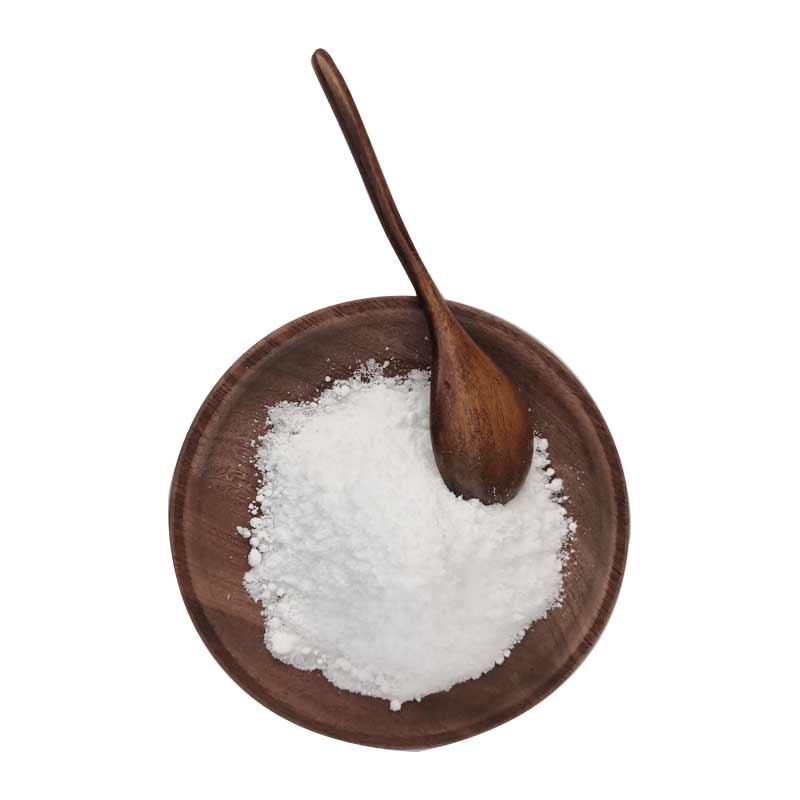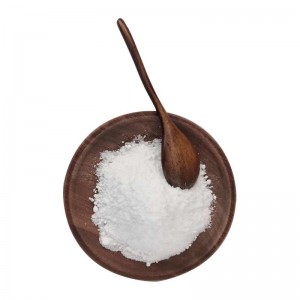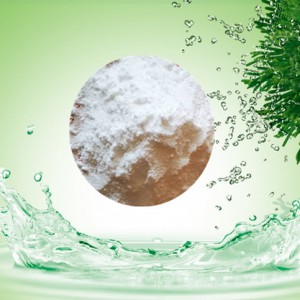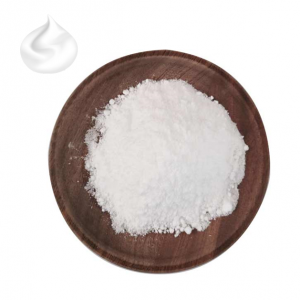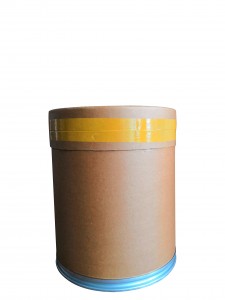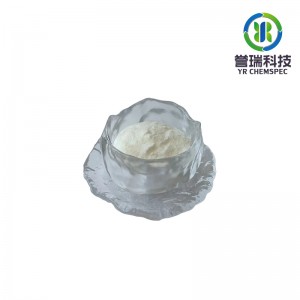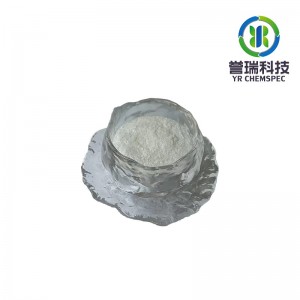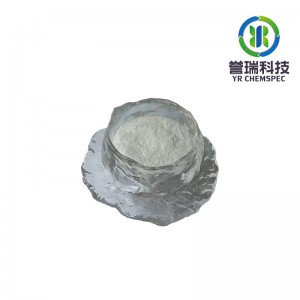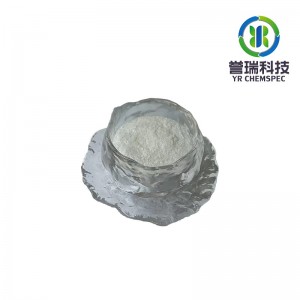China Wholesale High Quality Food Grade Ascorbyl Palmitate CAS 137-66-6
With this motto in mind, we’ve turn into one of quite possibly the most technologically innovative, cost-efficient, and price-competitive manufacturers for China Wholesale High Quality Food Grade Ascorbyl Palmitate CAS 137-66-6, Standing still today and seeking into the longer term, we sincerely welcome customers all over the environment to cooperate with us.
With this motto in mind, we’ve turn into one of quite possibly the most technologically innovative, cost-efficient, and price-competitive manufacturers for China Food Additives and 137-66-6, Our company upholds the spirit of “innovation, harmony, team work and sharing, trails, pragmatic progress”. Give us a chance and we will prove our capability. With your kind help, we believe that we can create a bright future with you together.
Ascorbyl Palmitate is the oil soluble form of Vitamin C also known as Vitamin C Ester, facilitated by bonding with palmitic acid. Because it is oil soluble, and nonacid, it is much more stable than the water soluble form of Vitamin C, L Ascorbic Acid. For that reason it can be used freely in formulation without the oxidation that turns your products brown. The oxidation of the vitamin L Ascorbic Acid is the same oxidation that turns copper green, apples brown and metal to rust. Ascorbyl Palmitate is one of the most stable forms of vitamin C to use in formulation though the most stable form would the encapsulated form.
Ascorbyl Palmitate is readily absorbed by the skin where it can combat the free radicals that lead to unhealthy aging skin. Because Ascorbyl Palmitate is oil soluble it is readily absorbed, getting into the tissues to deliver the multiple benefits of vitamin C . the production of collagen, the prevention of wrinkles, and the elimination of the blotchiness that gives the skin an aged appearance.
Ascorbyl Palmitate is commonly used in the food industry as a natural preservative for oils, vitamins and colors. Ascorbyl Palmitate also serves to regenerate Vitamin E creating a synergy of anti-oxidant activity. The perfect choice for all of your preservative free oils, balms and salves.
Key Technical Parameters:
| Appearance | White or yellow-white Powder | |
| Identifications | Infrared Absorption | Consistent with the CRS |
| Color Reaction | The sample solution decolorizes 2,6-dichlorophenol-indophenol sodium solution | |
| Specific Optical Rotation | +21°~+24° | |
| Melting Range | 107℃~117℃ | |
| Lead | NMT 2mg/kg | |
| Loss on Drying | NMT 2% | |
| Residue on Ignition | NMT 0.1% | |
| Assay | NLT 95.0%(Titration) | |
| Lead | NMT 0.5mg/kg | |
| Cadmium | NMT 1.0 mg/kg | |
| Arsenic | NMT 1.0 mg/kg | |
| Mercury | NMT 0.1 mg/kg | |
| Total Aerobic Microbial Count | NMT 100 cfu/g | |
| Total Yeasts and Moulds Count | NMT 10 cfu/g | |
| E.Coli | Negative | |
| Salmonella | Negative | |
| S.Aureus | Negative | |
Function:
1.Keep food, fruits and beverage fresh and prevent them from producing unpleasant smell.
2.Prevent formation of nitrous amine from nitrous acid in meat products.
3.Improve dough quality and make baked food expand to its maximum.
4.Compensate the Vitamin C losses of beverage ,fruits and vegetables during processing rocedures.
5.Used as nutritional element in additives,Feed additives.
Applications:
1.Food Industry: As antioxidant and food nutrition enhancer, Vitamin C is used in flour product, beer, candy, jam, can, drink, dairy products.
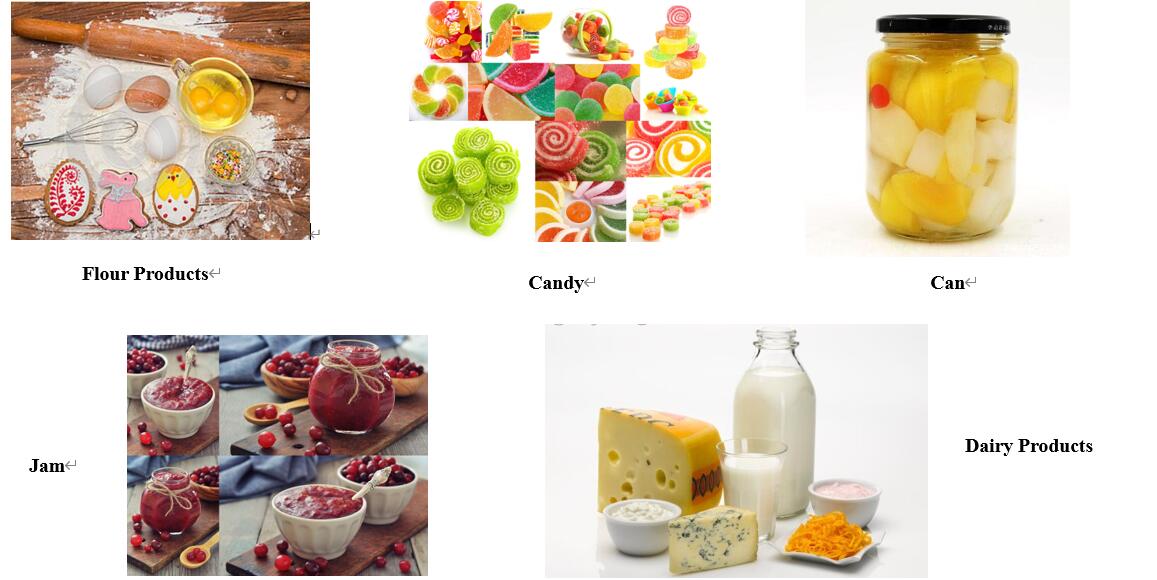 2.Pharmaceutical Industry: Vitamin medicines, prevent scurvy, and a various of drugs for acute or chronic infectious diseases, purpura, dental caries, gingival abscess, anemia.
2.Pharmaceutical Industry: Vitamin medicines, prevent scurvy, and a various of drugs for acute or chronic infectious diseases, purpura, dental caries, gingival abscess, anemia.
3.Personal Care/Cosmetic industry: Vitamin C can promote collagen formation, its antioxidation, can restrain pigment spots.
*Creams and Lotions
*Anti-Aging Products
*Sun Protection Products
*Preservative Free Anhydrous Products
Vitamin C
Nowdays Various vitamin C derivatives are used in cosmetics for external use . Pure vitamin C, ascorbic acid or also called L-ascorbic acid (ascorbic acid) has the most direct effect.In contrast to the other variants, it does not first have to be converted into the active form. Studies show that vitamin C supports collagen synthesis and fights free radicals. It is also effective against acne and age spots by inhibiting tyrosinase. However, ascorbic acid cannot be processed into a cream because the active ingredient is too susceptible to oxidation and decomposes quickly. Therefore, preparation as a lyophilisate or administration as a powder is expedient.
In the case of a serum containing ascorbic acid, the formulation should have a strictly acidic pH value to ensure the best possible penetration into the skin. The administration should be an airtight dispenser. Vitamin C derivatives that are less skin-active or more tolerable and that remain stable even in cream bases are particularly suitable for sensitive skin or the thin eye area.
It’s well known that a high concentration of an active ingredient does not mean a better care effect. Only the careful selection and the formulation adapted to the active ingredient ensure optimal bioavailability, good skin tolerance, high stability, and the best possible product performance.
Vitamin C Derivatives
|
Name |
Short Description |
|
Ascorbyl Palmitate |
Fat Soluble Vitamin C |
|
Ascorbyl Tetraisopalmitate |
Fat Soluble Vitamin C |
|
Ethyl Ascorbic Acid |
Water Soluble Vitamin C |
|
Ascorbic Glucoside |
Connection between ascorbic acid and glucose |
|
Magnesium Ascorbyl Phosphate |
Salty ester form Vitamin C |
|
Sodium Ascorbyl Phosphate |
Salty ester form Vitamin C |
*An Industry-University-Research Collaborative Innovation Company
*SGS & ISO Certified
*Professional & Active Team
*Factory Direct Supplying
*Technical Support
*Small Order Support
*Broad Range Portfolio of Personal Care Raw Materials & Active Ingredients
*Long Time Market Reputation
*Available Stock Support
*Sourcing Support
*Flexible Payment Method Support
*24 hrs Response & Service
*Service and Materials Traceability


